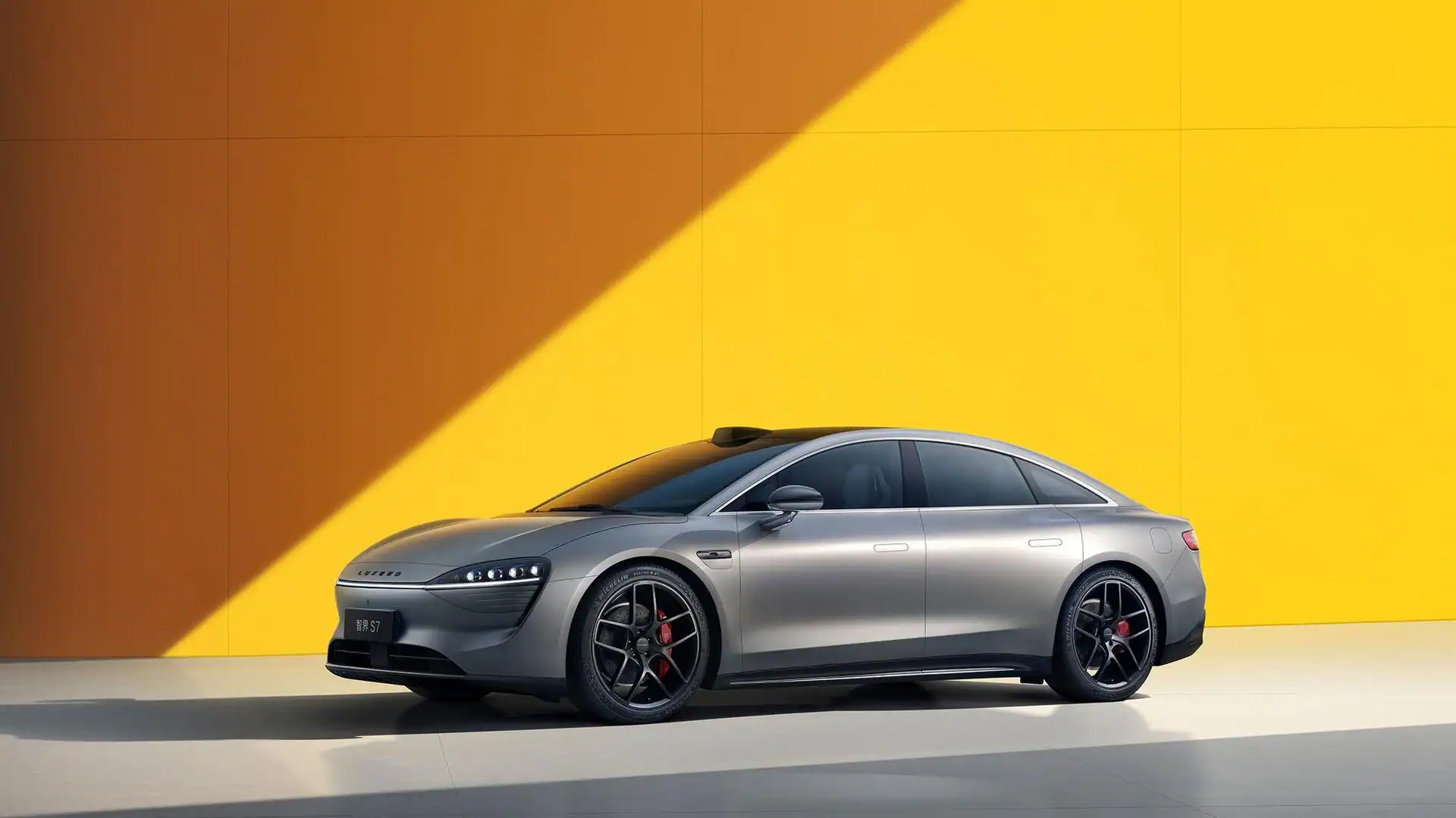By Mudit Dube
Huawei has patented a battery technology that could revolutionize electric vehicles (EVs). The innovative design is based on a solid-state battery with high energy density and fast charging capabilities. The patent highlights a nitrogen-doped sulfide electrode configuration, which is specifically designed to reduce degradation over time. Huawei’s new battery cells are said to deliver an impressive 400-500 Wh/kg. This is nearly three times the energy density of conventional lithium-ion cells used in most EVs today. Such a high density could theoretically allow a mid-sized electric car to travel about 3,000km on a single charge. Even more impressively, the company claims that these batteries can be charged from 0-100% in just five minutes. However, it’s important to note that the 3,000km range is based on the overly optimistic CLTC (China Light-Duty Vehicle Test Cycle). When adjusted to more conservative standards like the EPA cycle, it drops to around 2,000km. This still far exceeds what most EVs offer today. However, building a car capable of such high battery performance would require a much larger and heavier battery pack. Theoretically, Huawei’s new battery tech could lead to smaller and lighter batteries with a range of 800-1,000km. This would improve vehicle dynamics and cost-efficiency without compromising performance or pricing brackets. However, the practical adoption of this technology will depend on its scalability and affordability as well as integration into vehicles without compromising usability. Huawei’s patent hints at a future where EVs could match or even surpass the convenience of internal combustion vehicles. However, the practicality of such long-range EVs remains debatable given existing infrastructure and affordability challenges. Automakers are likely to favor balanced applications of such innovations鈥攊mproving range and charging times without inflating vehicle size or price.
